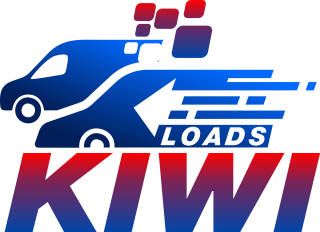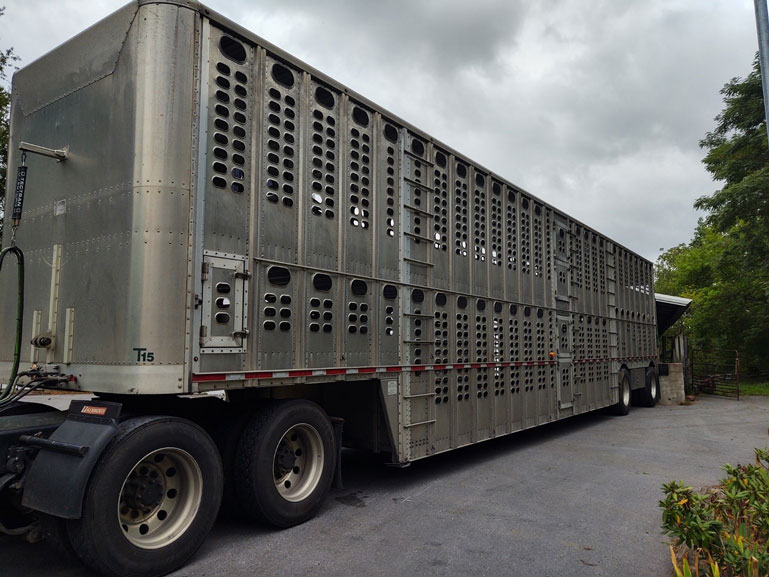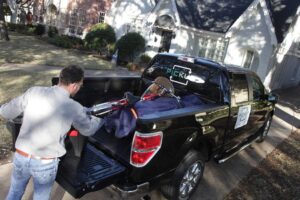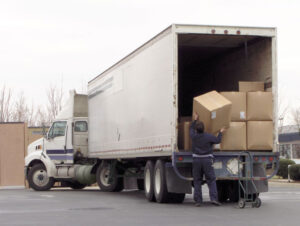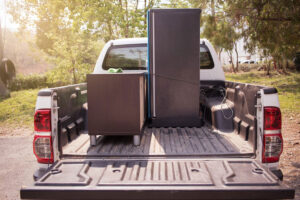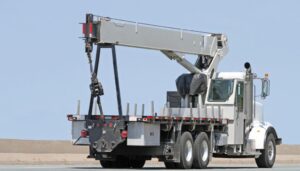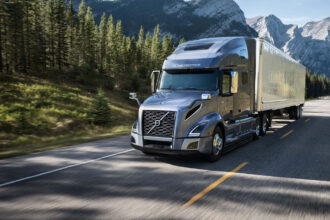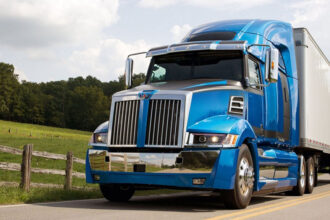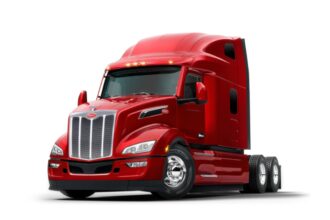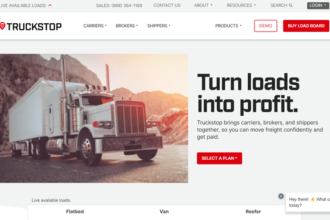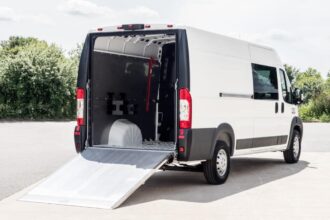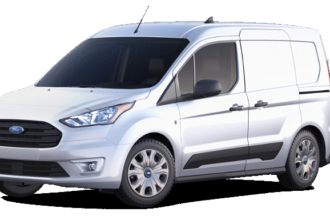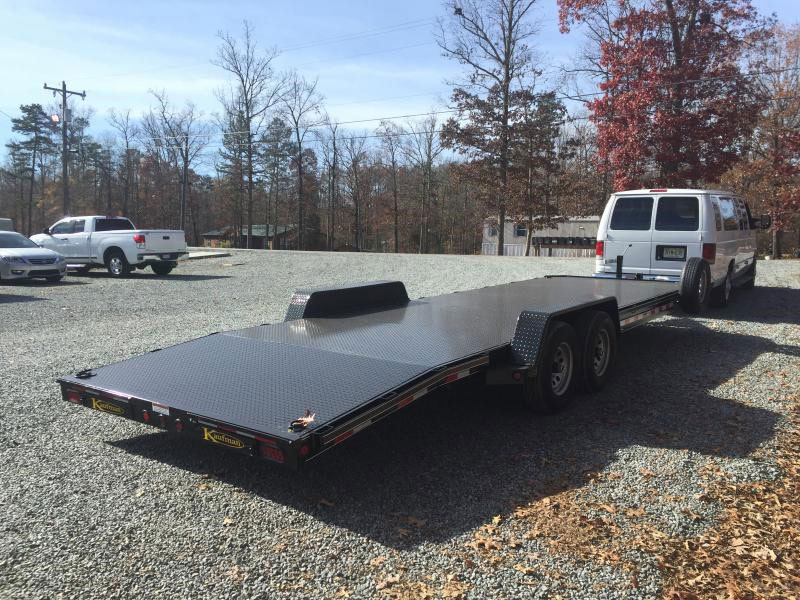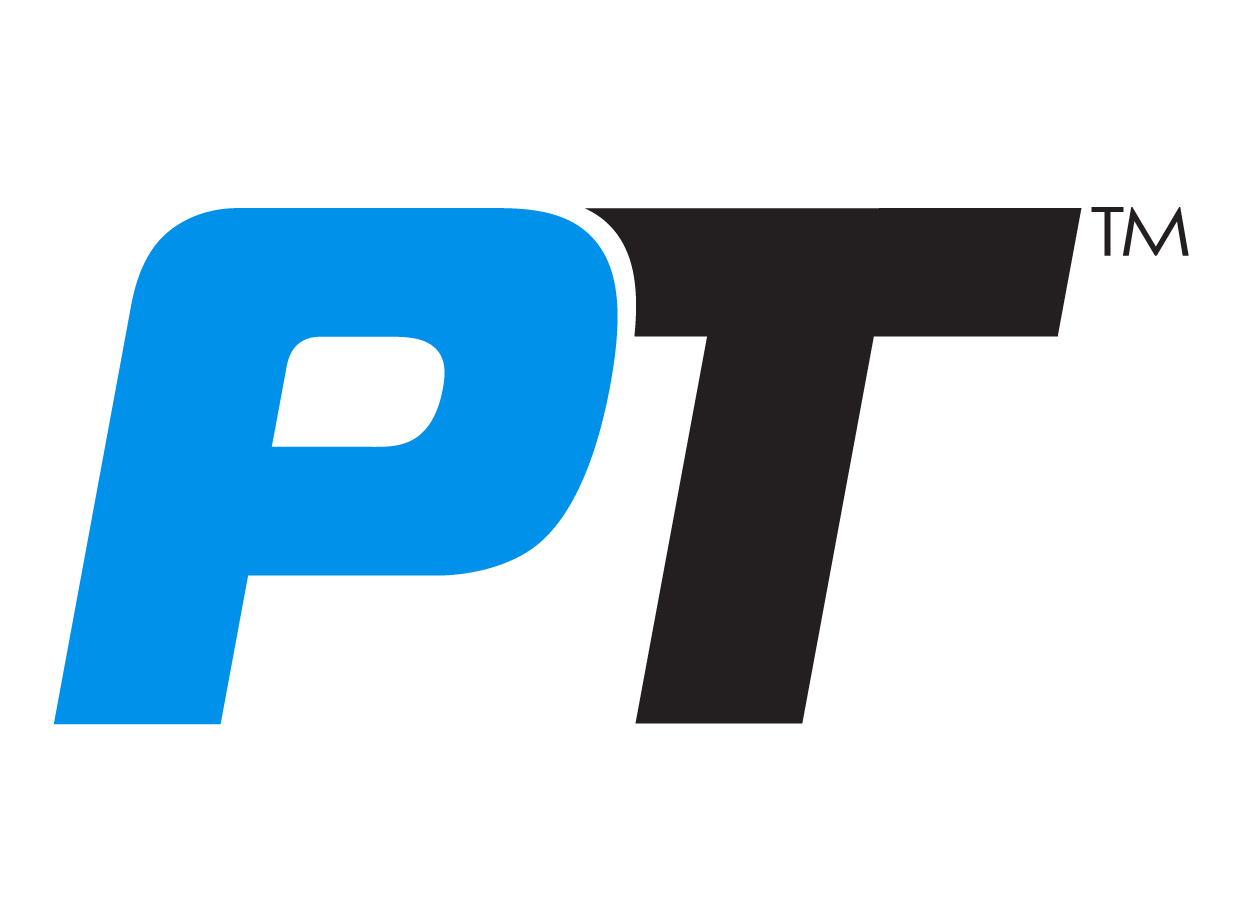Table of Contents
Imagine transporting your precious animals in a truck that is spacious, comfortable, and safe. Imagine saving money on fuel, repairs, and insurance. Imagine growing your livestock business with a truck that is reliable, efficient, and profitable. Sounds too good to be true? Well, it is not.
You can achieve all this and more by buying a livestock truck that suits your needs and budget. But how do you do that? How do you find the perfect truck for your livestock business? To find the right answers to the above questions, read this article as it shows you how to buy a livestock truck for business in 10 easy steps. So, stop hesitating and start reading now.
To buy a livestock truck for business:
1. Understand the Specific Needs of Your Livestock Business
2. Determine Your Budget
3. Choose the Right Type And Size of the Truck You Need
4. Find a Reputable Dealer Or Seller
5. Consider Financing Options (If Necessary)
6. Inspect the Truck
7. Familiarize Yourself With Local And National Regulations Regarding Livestock Transportation
8. Obtain the Necessary Permits And Licenses
9. Obtain Insurance Coverage
10. Develop a Maintenance Plan for Your Truck
1. Understand the Specific Needs of Your Livestock Business
To start looking for a truck your livestock business needs, have a clear idea of what kind of truck you need. This depends on several factors, such as the type and number of animals you transport. Different animals have different space, ventilation, and loading requirements. Pay attention to the distance and frequency of your trips.
If you travel long distances or make frequent trips, you need a truck that is fuel-efficient, durable, and comfortable. In addition, consider the terrain and weather conditions you encounter. If you operate in rough or hilly terrain or extreme weather conditions, you need a truck that can handle the challenges. You may need a truck with a higher ground clearance, a stronger engine, or a better suspension system. You also need to consider the safety and comfort of your animals in different climates and seasons.
2. Determine Your Budget
To get a livestock truck for business, determine how much you can afford to spend on it. Your budget depends on your income, expenses, and savings, as well as your financial goals and priorities. You need to be realistic and honest with yourself about how much you can spend without compromising your financial stability and security. Here are some tips to help you set a reasonable budget:
- Compare the prices of different trucks that meet your criteria.
- Consider the total cost of ownership of the truck.
- Set a realistic and flexible range for your budget.
3. Choose the Right Type And Size of the Truck You Need
To secure a truck for your livestock business, narrow down your options and choose the right type and size of the truck you need. There are many types and sizes of trucks available in the market, each with its advantages and disadvantages. Choose the one that best suits your needs and preferences. Here are some of the common types and sizes of livestock trucks, and their pros and cons:
- Pickup truck – Know that a pickup truck is a small truck with an open cargo area, usually with a tailgate. It can carry a few animals, such as sheep, goats, or poultry, in a trailer or a crate. It is easy to drive, park, and maneuver and has a low initial cost. However, it has a limited capacity, and may not be suitable for larger or heavier animals, or long-distance trips.
- Flatbed truck – Pick a flatbed truck if you need a medium-sized truck with a flat platform, usually with rails or stakes. It can carry a moderate number of animals, such as cattle, horses, or pigs, in a trailer or a pen. It has a higher capacity and versatility than a pickup truck and can handle different types of terrain and weather. However, it has a higher initial cost and fuel consumption and may require a special license to operate.
- Box truck – A box truck is a large truck with a closed cargo area, usually with a door or a ramp. It can carry a large number of animals, such as cattle, horses, or pigs, in a compartment or a cage. It has a higher capacity and security than a flatbed truck and can protect animals from the elements and predators. However, it has a very high initial cost and fuel consumption and may require a special license and permits to operate.
4. Find a Reputable Dealer Or Seller
To have a good livestock truck for your business, find a reputable dealer or seller who can offer you a good deal. You can buy a truck from a dealership, a private seller, or an auction. Each option has its benefits and risks, and you need to do your homework before you make a decision. Ensure you do your research, compare offers, and negotiate the terms and price of the sale.
5. Consider Financing Options (If Necessary)
To conveniently buy a livestock truck for your business, consider the financing options if you can’t afford to pay the full price of the truck upfront. Financing options are loans or leases that allow you to pay for the truck over some time, with interest and fees. There are many financing options available in the market, each with its pros and cons. You need to choose the one that best suits your financial situation and goals. You can choose from a bank loan, dealer financing, or lease.
6. Inspect the Truck
To have your livestock truck for business in good condition, inspect the truck thoroughly to make sure it is in good condition and worth the price. You can inspect the truck yourself, or hire a professional mechanic to do it for you. You should check the following aspects of the truck, and look for any signs of damage, wear, or malfunction: the exterior such as the body, paint, tires, wheels, lights, mirrors, windows, doors, tailgate, and trailer hitch of the truck.
Look for any scratches, dents, rust, cracks, leaks, or misalignment. Check the interior parts which include the seats, dashboard, steering wheel, pedals, controls, gauges, radio, air conditioning, heater, and storage compartments of the truck. You should look for any stains, tears, odors, cracks, or malfunctions. Other parts to check are the engine, transmission, brakes, suspension, and livestock equipment.
7. Familiarize Yourself With Local And National Regulations Regarding Livestock Transportation
To start using the truck for your livestock business, familiarize yourself with the local and national regulations regarding livestock transportation. These regulations are to ensure the safety, health, and welfare of the animals, the drivers, and the public.
They may vary depending on the type, number, and destination of the animals, as well as the type and size of the truck. Comply with these regulations to avoid any fines, penalties, or legal troubles. Here are some of the common regulations you need to be aware of:
- Animal identification and traceability: Ensure that your animals have proper identification and traceability, such as ear tags, microchips, or tattoos. You also need to keep records of the origin, destination, and movement of your animals, and report any changes or incidents to the relevant authorities.
- Animal health and welfare: Ensure that your animals are healthy and fit for transport and that they are not prone to any disease, injury, or stress during transport.
Other regulations and rules you need to maintain are:
- Driver qualification and training.
- Vehicle inspection and maintenance.
- Load security and safety.
>>>GET SMARTER: How To Get a CDL License
8. Obtain the Necessary Permits And Licenses
To operate your livestock truck for business, obtain the necessary permits and licenses from the relevant authorities. You need these permits and licenses to operate the truck and transport the animals legally and legitimately. They may vary depending on the type, number, and destination of the animals, as well as the type and size of the truck.
You need to apply for these permits and licenses in advance and pay the required fees and taxes. Here are some of the common permits and licenses you need to obtain:
- Commercial driver’s license (CDL).
- Commercial vehicle registration (CVR).
- Unified carrier registration (UCR).
- USDOT number.
- Animal transport permit (ATP).
9. Obtain Insurance Coverage
To prepare your livestock truck for your business, obtain insurance coverage from a reputable insurance company. Insurance coverage is essential to protect you, your truck, your animals, and your business from any financial losses or liabilities in case of an accident, theft, damage, injury, or lawsuit.
You need to obtain insurance coverage that meets the minimum requirements of your state and the federal government, as well as your own needs and preferences. Here are some of the common types of insurance coverage you need to obtain:
- Liability insurance.
- Physical damage insurance.
- Cargo insurance.
- Business insurance.
10. Develop a Maintenance Plan for Your Truck
To prevent your livestock truck for business from unnecessary damages, develop a maintenance plan for your truck to keep it in good condition and extend its lifespan. A maintenance plan is a schedule of routine checks and services that you perform on your truck and its equipment, such as oil changes, tire rotations, brake inspections, and livestock equipment cleaning.
A maintenance plan can help you prevent breakdowns, malfunctions, and accidents, as well as save money on repairs and replacements. Here are some tips to help you develop a maintenance plan for your truck:
- Follow the manufacturer’s recommendations.
- Customize the plan according to your needs.
- Hire a professional mechanic or service provider.
Recap
To acquire a livestock truck for business, assess the specific needs of your livestock business, and check your financial situation. Pick the right truck for your business and find the right seller. You may opt-in for loans and grants if you are short on cash. In addition, understand the important rules and obtain the necessary licenses for your truck operation. Finally, sketch out a maintenance plan for your truck.
